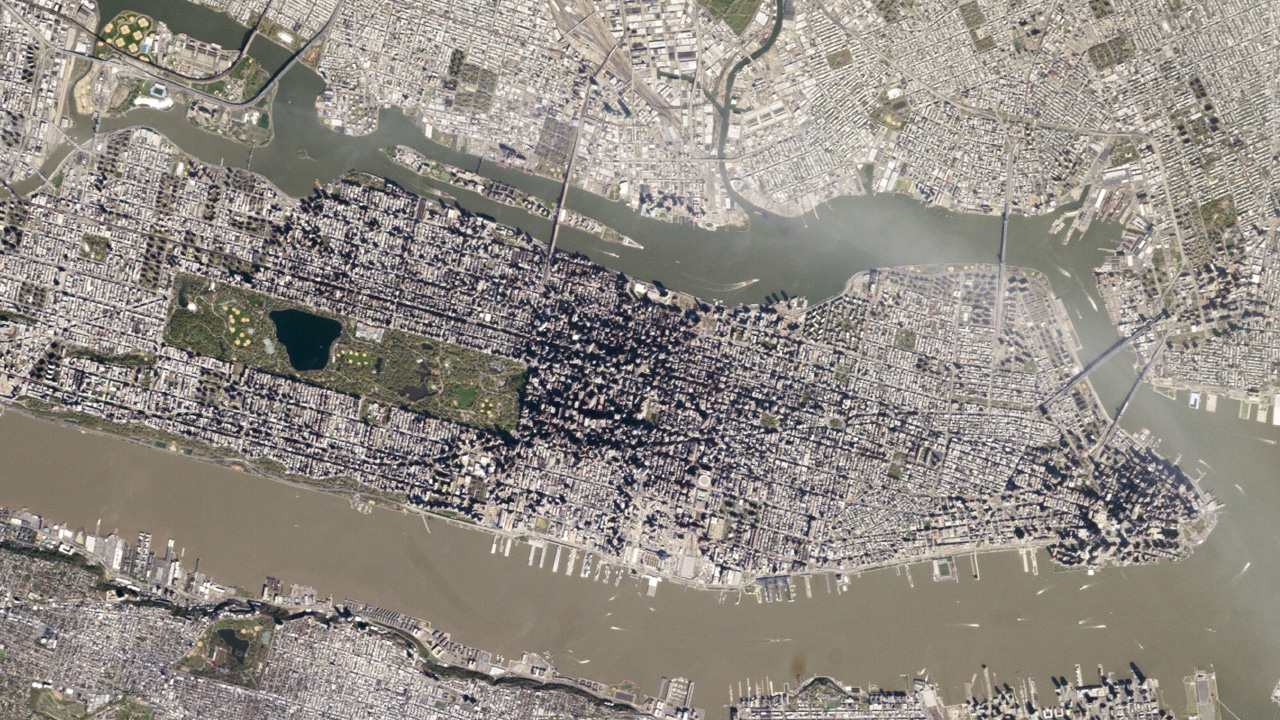This photograph of Manhattan was taken by the Expedition 39 crew’s remote sensing unit. In it, the tallest buildings in the Financial District and Midtown are casting noticeably long, dark shadows on the city.
Referencing the Environmental Protection Agency’s report, NASA explains that concrete and asphalt absorb, store, and release heat, and how the “heat island effect” is reduced by the cooling effect of winds, rivers and vegetated parks. However, the increasingly taller and more numerous skyscrapers are screwing with our already problematic ground temperature fluctuations.
Tall buildings have a more complex effect. Shadowed zones in the “urban canyons” between tall buildings receive fewer hours of direct sunlight per day. But where that light can reach the canyon floors, energy is reflected back up at the walls of the buildings, where it is absorbed and later released as heat. This is especially the case at night, when urban canyons retain more heat than parts of the city with shorter buildings.
(Photo: NASA)


